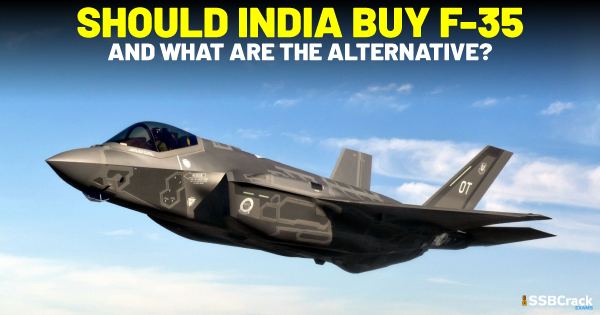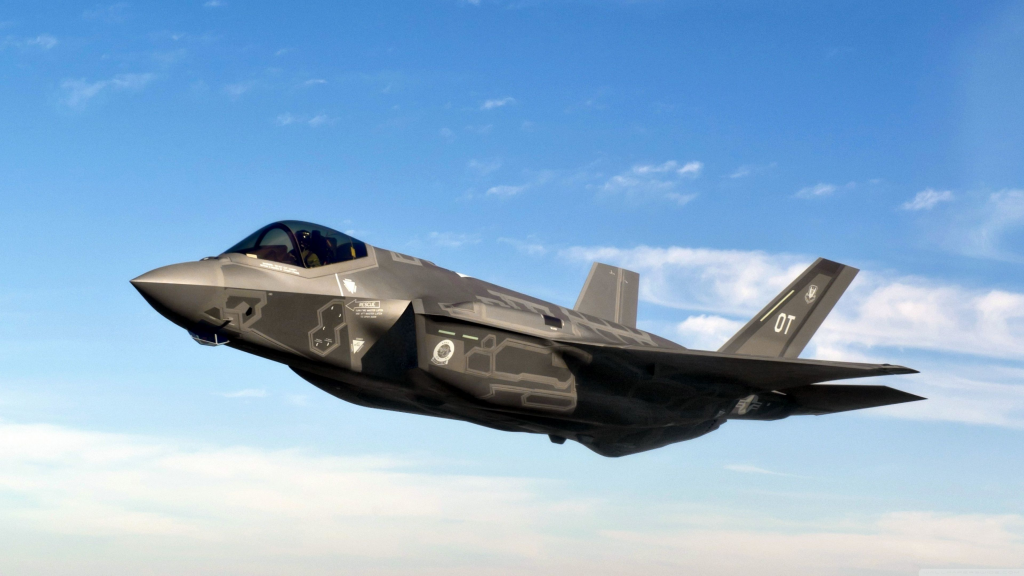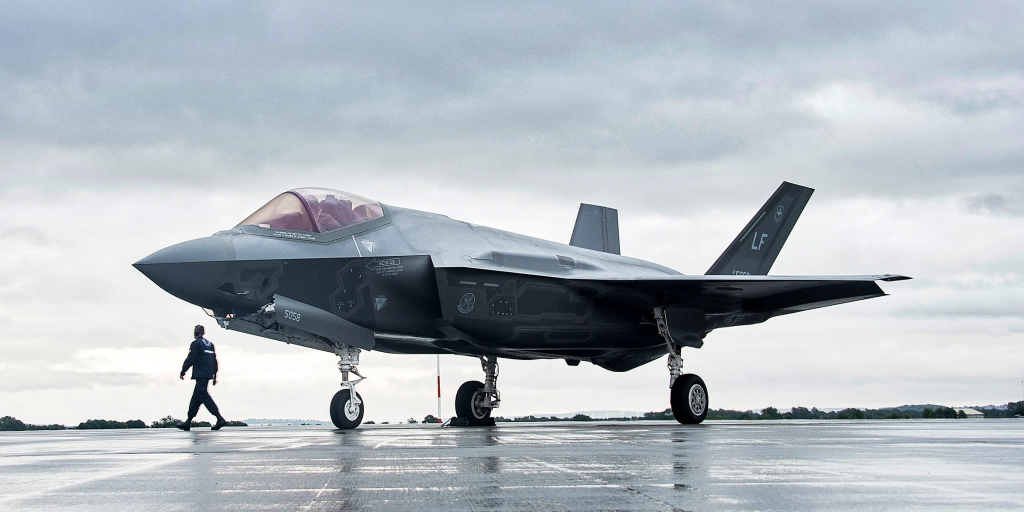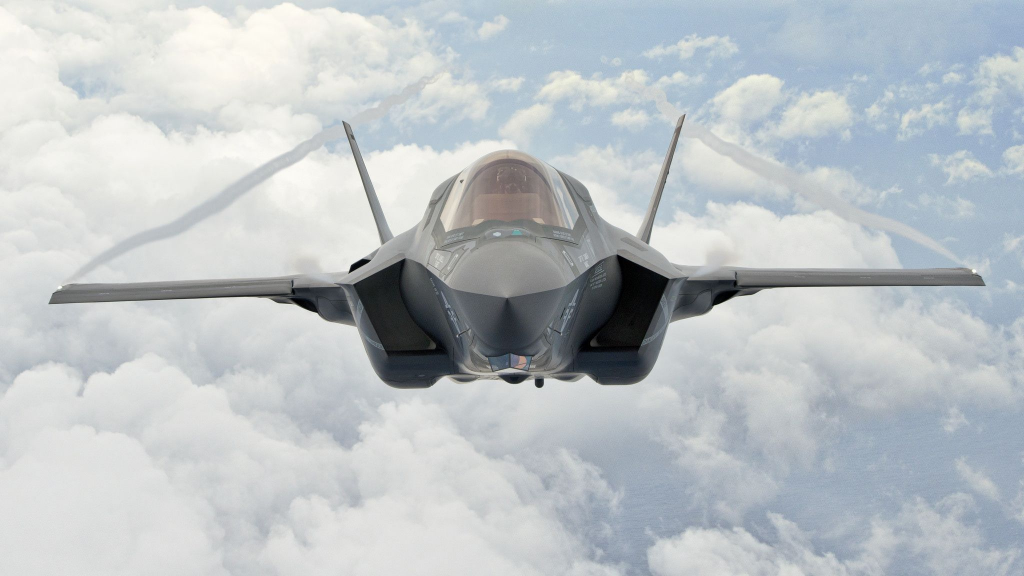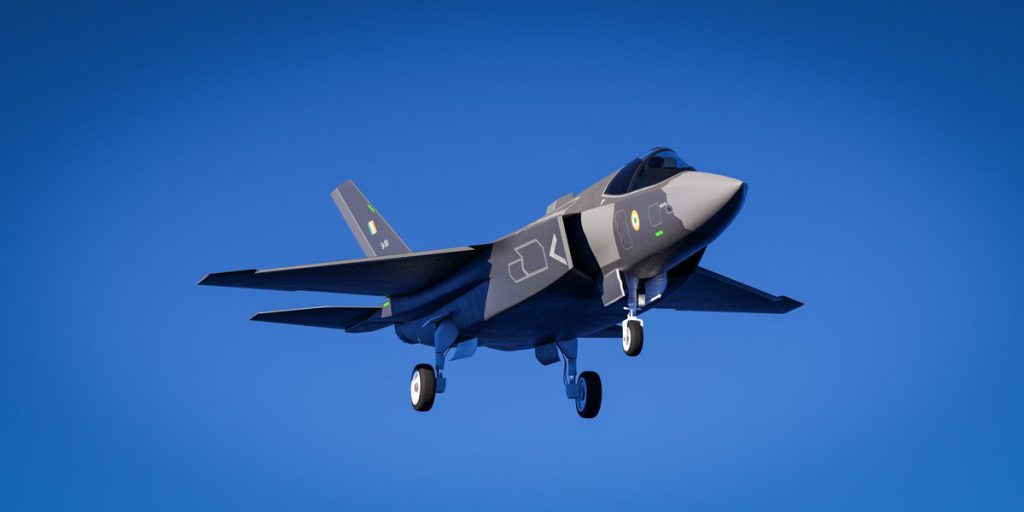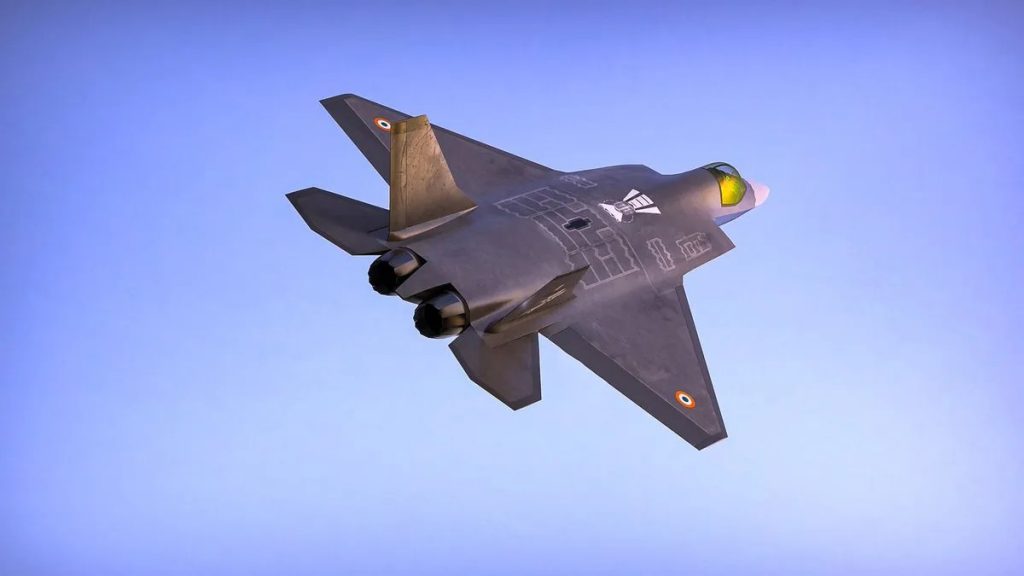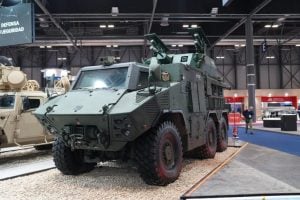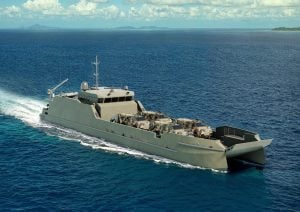With lawmakers in the United States debating the value of the massively expensive fifth-generation platform that was supposed to be “lightweight and affordable,” it’s important to put things into context in India.
The F-35 is marketed as a machine that combines high-end stealth with unparalleled situational awareness in order to conduct mission operations electronically, aided by advanced data capture and a robust communication suite. The fighter’s advanced sensor package collects more data than any previous fighter in combat aviation history, giving its pilots a decisive advantage in battle.
The F-35 is unquestionably the most technologically advanced plane ever built, serving as the backbone of allied airpower for 13 nations and counting.
Also read: Should India Buy Su-75 ‘Checkmate’ And What Is The Alternative?
Can India Afford F-35s?
The issue of compatibility is a major stumbling block in integrating the fifth-generation F-35 with the Indian Air Force (IAF).
For starters, due to a different configuration in its design, the fighter will be unable to use air-to-air refueling. The aircraft’s inability to interface with India’s Integrated Air Command & Control System (IACCS), which consists of a diverse range of radar types, via customized data links renders it ineffective in the country’s combat environment.
Also read: Top 5 Fighter Jets Of Indian Air Force
Because the F-35 uses the most advanced radio communications equipment available, it is incompatible with India’s Russian-origin communication suites. Its acceptance into the IAF will necessitate the replacement of nearly 80% of the software and hardware used by Indian systems. Most importantly, almost none of the weapons in India’s current inventory can be integrated with the aircraft, which would have to be purchased separately, causing cost overruns.
The most important aspect of purchasing this aircraft is its enormous cost, which includes not only the cost of the aircraft but also the additional weapon systems that come with it, as well as the lifetime cost of maintenance and upkeep, which reportedly runs into billions of dollars. According to Defence News, the F-35 currently costs $36,000 per hour to fly, with a projected lifetime cost of $1.7 trillion.
Also read: Does India Need A Strategic Bomber?
That is why the fighter, which was conceived as an affordable fifth-generation platform, is causing consternation in US political circles about its viability as a dependable defender of the country’s skies.
Because of the numerous upgrades and enhancements that the F-35 program has required over time, it is now the world’s most expensive weapons platform. Furthermore, having this aircraft may make sense for a country like Israel or Japan because most of their systems are compatible with the fifth-generation fighter.
In India, however, it would necessitate a large-scale uprooting of existing communication and electronics architecture and replacement with a new one, which would necessitate the procurement of additional infrastructure to support the aircraft.
MMRCA Contract
Given the operational environment that India faces, the F-35 would be an unnecessary financial burden for the country. When India announced its requirement for 126 Medium Multi-Role Combat Aircraft (MMRCA), the choice was clear: it needed the least expensive, mature, combat-proven fourth-generation fighters capable of performing a variety of roles and confronting its immediate adversaries, China and Pakistan.
Also read: What Is The Difference Between AWACS And AEW&C?
The F-35 is unquestionably unnecessary against Pakistan, according to experts, who argue that the operational environment is different. They add that a fighter like the French Rafale that the IAF is currently acquiring meets that requirement. The F-35 was not designed to be an air superiority fighter, but rather an air-to-ground strike aircraft capable of breaching sophisticated enemy air defenses and detecting and destroying threats.
AMCA and its importance for our Country
As our country does not have any 5th generation Aircraft with us, so this will surely be a great Add on to that. In addition to this AMCA will perform Air superiority, Ground Attack, Bombing, Intercepting, strike, and other types of roles.
As we will be manufacturing it in India only, therefore we will not have any design boundaries on it from another country. It can also enhance our economy as when other countries would buy it from us, we will get a good profit on behalf of that.
It will complement HAL Tejas, the Su-30MKI, and Rafale in the air force service and Mikoyan MiG-29K in the naval service Thus making them more powerful. The AMCA is intended to replace the SEPECAT Jaguar, Dassault Mirage 2000, and Mikoyan MiG-29 in the Indian Air Force.
An AMCA Mark-2 variant is also planned which will come up with certain sixth-generation characteristics and is expected to be produced in greater numbers. It is also supposed to have indigenously designed and built engines.
If you liked the article do share it with your friends. Follow SSBCrackExams for more articles.
To crack the SSB Interview, You can join our SSB interview live classes batch and we recommend you to Enroll SSB INTERVIEW ONLINE COURSE. Trusted by thousands of defence aspirants.
Also read:
- Top 5 Fastest Fighter Jets In The World
- Top 5 Fighter Jets Of Indian Air Force
- Top 10 Combat Drones In The World
- Why IAF Su-30 MKI Is The Backbone Of The Fighter Fleet?
- All About C-295 Aircraft Being Manufactured By Tata And Airbus
- Difference Between IAF Rafale VS IAF Sukhoi 30
- Everything You Need To Know About Rafale Fighter Jet
- Everything You Need To Know About LCA Tejas
